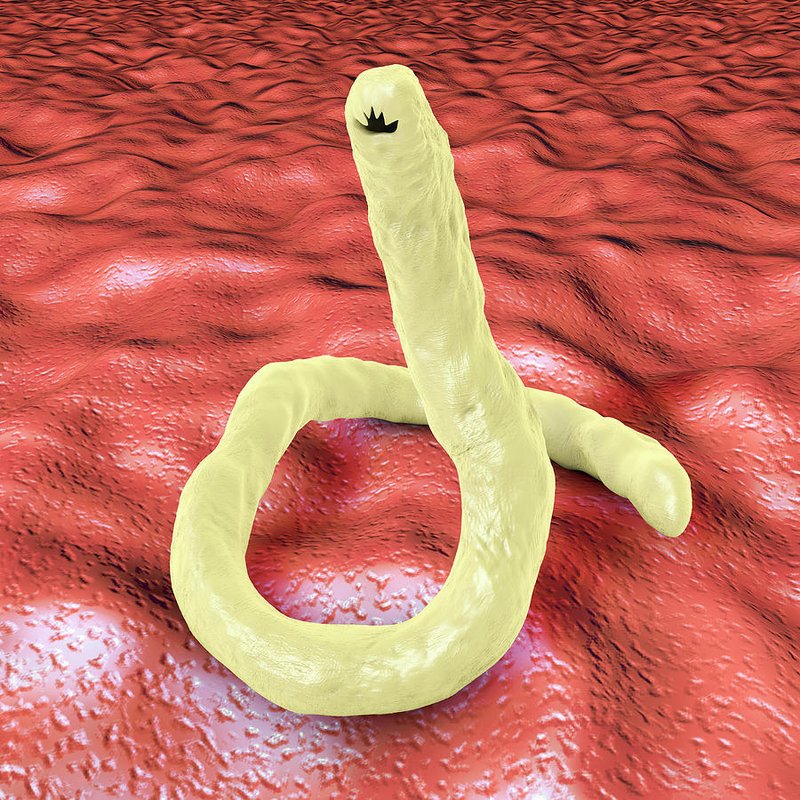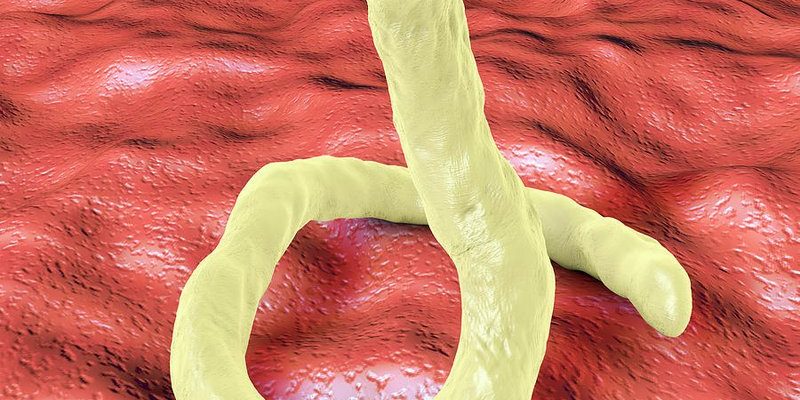
These little critters can cause some health issues if they make their way into your body, so knowing how to identify them in their natural habitat is crucial. Just think of it as gearing up to spot a rare Pokemon in the wild—you’ll need to know where to look and what to look for. Let’s dive into the world of hookworms and discover how to spot them before they spot you.
What Are Hookworms?
Before we jump into identification, let’s clarify what hookworms actually are. Hookworms are small, parasitic worms typically found in contaminated soil, particularly in warm, moist climates. They can enter the body through the skin, often when someone walks barefoot on infected ground. Once inside, they can cause ailments like anemia or gastrointestinal distress.
There are a couple of main species of hookworms you might encounter, including *Ancylostoma duodenale* and *Necator americanus*. Each has its own unique behaviors and habitats, but they share some common traits that make them easier to identify. Knowing these distinctions is key in understanding how to spot them in their natural environments.
Where Do Hookworms Live?
Hookworms thrive in environments that are warm and moist, such as tropical and subtropical regions. You’ll mostly find them in sandy or loamy soils, particularly in places like yards, parks, or even beaches. So, if you live in an area with these conditions or are visiting somewhere warm, it’s essential to keep your eyes peeled for potential signs of hookworms.
Key habitats for hookworms include:
- Warm, moist soil
- Areas with high foot traffic, especially where people walk barefoot
- Places with poor sanitation or waste disposal
If you think about it, it’s a lot like spotting where a particular animal might hang out—like searching for a specific bird in a forest. You focus on the habitat, the trees, and the conditions that make it inviting for that species.
Signs of Hookworm Presence
Identifying hookworms in their natural habitat can be tricky. They’re usually not visible to the naked eye, but there are a few signs that suggest they could be lurking around. First off, one of the most common signs is the presence of fecal matter from infected animals or humans.
This is where it gets a bit yucky, but stay with me. If you see feces in the area, especially in sandy soil, it could mean hookworms are present. Furthermore, if you notice people or pets suffering from itching or rashes on their skin—especially on the feet or legs—it might be a clue that hookworm larvae have penetrated the skin.
So, keep an eye out for these indicators:
- Presence of feces in the area
- Skin rashes or itching in people or pets
- High traffic in sandy or loamy soils
Visual Identification of Hookworms
While you won’t see hookworms themselves in the soil, you can look for the signs that they leave behind. One of the most notable signs is the “ground itch” phenomenon where hookworm larvae penetrate the skin. This might present as red, itchy bumps.
Additionally, some hookworm species can produce more significant skin reactions. If you notice a rash that spreads or worsens, it could be a sign of a hookworm infection. The larvae often move in the skin, which can create a track-like appearance.
Keep in mind that these signs may vary based on individual sensitivity and the number of larvae in contact with the skin. So, if you get an itchy surprise while enjoying a day out in nature, it might be time to check your surroundings for signs of hookworm activity.
How to Protect Yourself from Hookworms
You might be wondering, “How can I enjoy nature without worrying about hookworms?” Well, protection is the name of the game! Here are some simple measures you can take to minimize your risk:
1. Wear Shoes: This is the simplest method. Always wear shoes when walking in places where hookworms could be present, like sandy beaches or parks.
2. Hygiene Practices: Keep your hands clean, especially after being outdoors. Regular washing can help prevent any larvae from entering your body after you’ve been outside.
3. Choose Clean Areas: If you’re planning a picnic or outdoor activity, try to avoid areas where you see signs of feces or poor sanitation.
By taking these precautions, you’ll be able to enjoy your outdoor adventures while keeping the sneaky hookworms at bay.
Importance of Understanding Hookworms
You might think, “Why does identifying hookworms matter?” Understanding these parasites helps protect your health and the health of your family and pets. If you know how to identify their habitat and signs, you can minimize exposure and prevent infections.
Moreover, hookworm infections can lead to significant health issues, particularly in vulnerable populations, such as young children or immunocompromised individuals. By increasing awareness and understanding of how to identify hookworms, we can promote better health practices and encourage safer interactions with the outdoors.
Just like we’d look out for snakes or other wildlife when hiking, keeping an eye out for hookworm signs can be part of being a responsible outdoor enthusiast.
Identifying hookworms in their natural habitat may seem daunting at first, but with a little knowledge and vigilance, you can easily spot the signs and protect yourself. Remember, the key is to pay attention to your surroundings, practice good hygiene, and wear proper footwear when you’re outside, especially in warm, moist areas.
By understanding where hookworms thrive and what signs to look for, you not only make your outdoor experiences safer but also contribute to a healthier environment for everyone. So, next time you’re out enjoying nature, keep these tips in mind, and you might find yourself appreciating the great outdoors even more!

